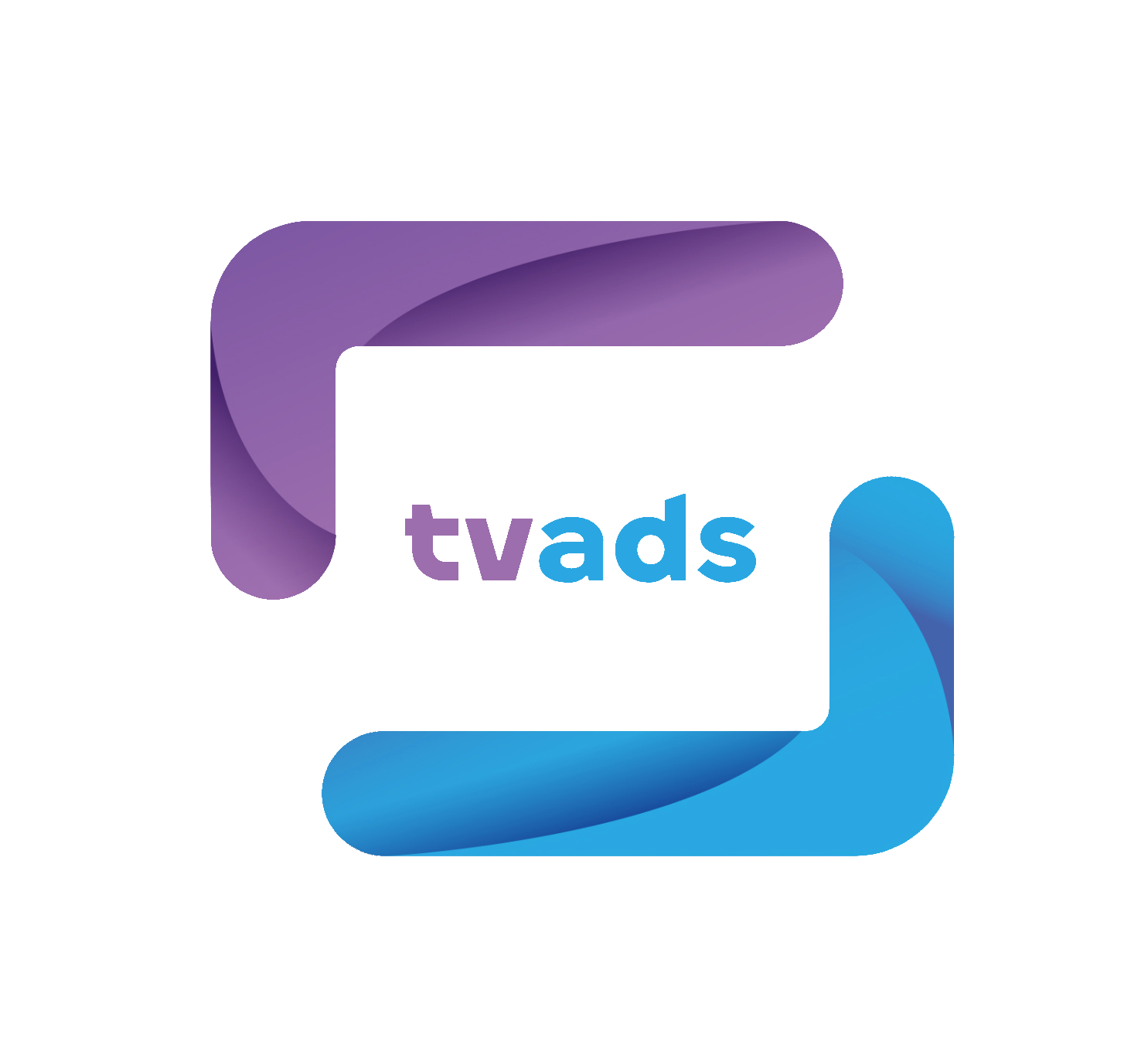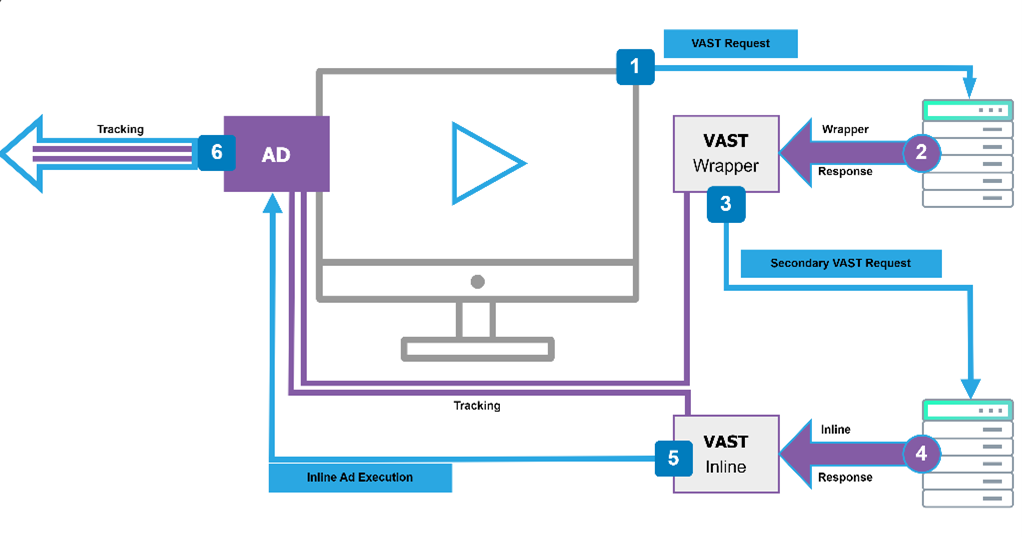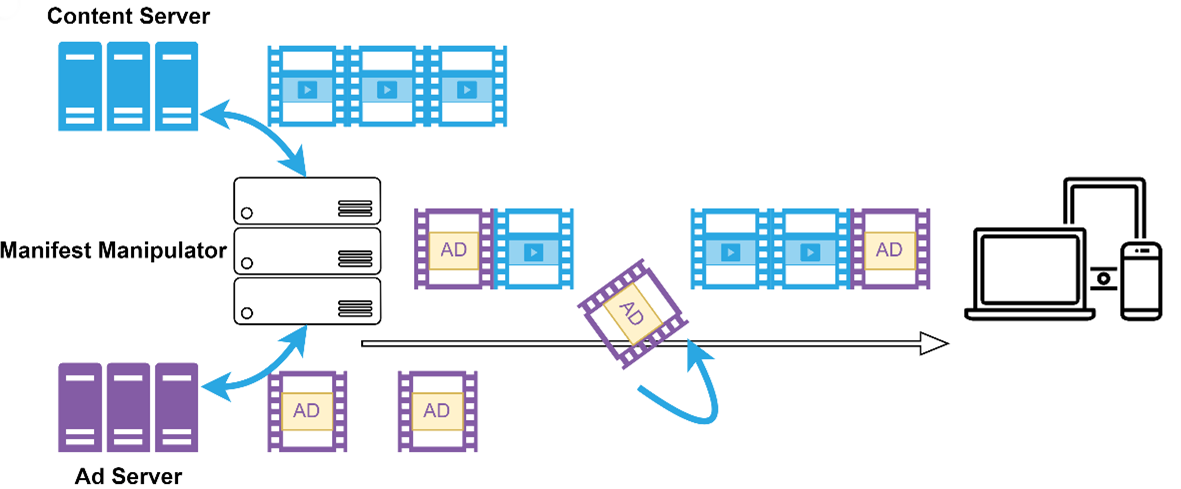

Client-side ad insertion (CSAI) is a method by which the video player, located within an app or a website, requests an ad from an ad server. When the ad server has received the ad request from the video player, it sends an ad and displays it within the video content.
When it comes to ad delivery in Connected TV (CTV) and Over-The-Top (OTT) environments, there are two ways to insert advertising into content: client-side ad insertion (CSAI) and server-side ad insertion (SSAI).
Both solutions allow Addressable TV. In this article we will explain how both technologies work and how to choose between these methods in our business.

Analysing this method, we will find that is has some pros from business perspective:
However, this method also has its dark side
SSAI is the preferred method in large parts of the CTV industry. It is a method of delivering video ads by stitching them directly to video content on the server side instead of the client application or video player, as is the case with client-side ad insertion (CSAI).The user experience with SSAI can be compared to traditional TV ad breaks, as there is a smooth transition from video content to the ad break. The viewer is not waiting for the ad to load, and it’s a continuous viewing experience without pauses or interruptions between content and ads. The big difference between the user experience compared to traditional television lies in the advertising side, since SSAI offers the possibility of delivering fully personalized and relevant advertising to each user. This high user experience is the main reason why most of the industry is opting for this type of solution that offers the user a smooth experience between content and advertising. From a technical perspective, delivering content and advertising in the same flow initially posed challenges regarding the targeting of these ads, which are solved by combining two key pieces: manifest manipulator and ad server.
As a summary, this would be an example of an SSAI architecture:

As previously mentioned, the industry is mainly choosing SSAI solutions. Here are some of the main reasons for this choice:
This method has also its dark side:
When it comes to choose between CSAI and SSAI it is important to analyse your specific business case. The industry is increasingly choosing SSAI methods, these are usually more expensive and require a greater set up effort, so depending on the needs of your business it may be a better option to start with a CSAI solution.
At tvads we has a professional team able to advise you on this field and and guide you in any area of your streaming advertising business, advising you or even operating it on your behalf if necessary
All author posts